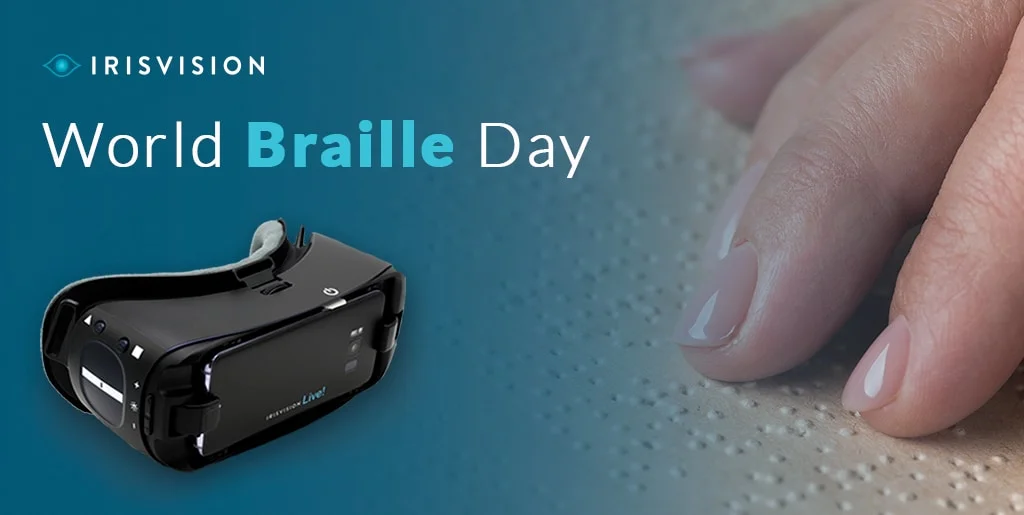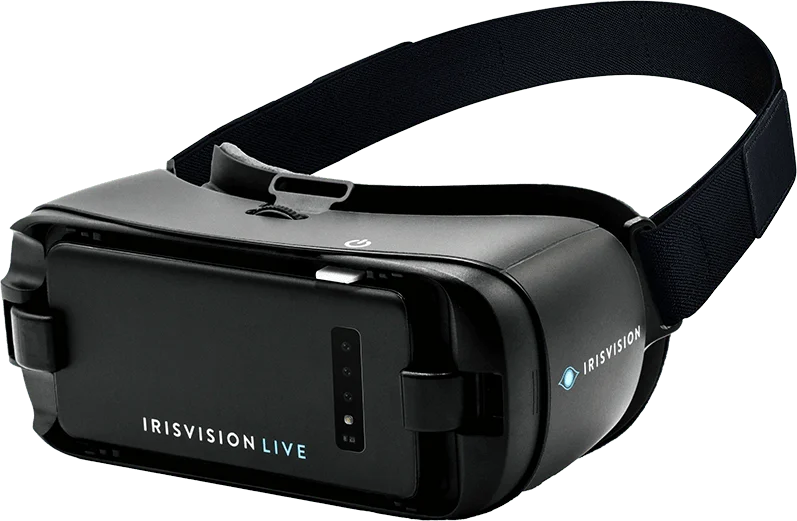
#LIVE2.0 #Review
Communication has been an integral part of human evolution, from as early as 2600 BC when the first-ever texture was recorded that comprised of the complex structure of characters to the 17th century when the world’s first-ever newspaper was adopted.
It is certainly the language that makes the communication unique but the modes of communication have always been uniform, cutting across geographical boundaries or cultures. Be it a national or regional language of a specific nation, there have been unique and unusual ways of communicating the same language through different characterization.
Morse code has been one such example – initially developed and used as a means of communication for the first commercial telegraph but later popularly known to be used in World War II. Such so is Braille; a tactile literacy system of communication for the visually impaired or legally blind used in education and workplaces.
The World Health Organization estimates at least 1 billion people have a near or distance vision impairment globally.
Louis Braille the inventor of the Braille literacy system died in 1852, and unfortunately wasn’t able to witness the impact it had on society at large and especially the visually impaired and legally blind community. Briefly, after his demise, France’s Royal Institute for the Blind Youth endorsed the Braille curriculum and by 1916, educational institutions i.e. schools had begun to teach Braille in the United States.
Braille should not be misconstrued as a language, or as popularly misinterpreted as a universal language. Rather, it is a system of codes by which many languages, be it English, Spanish, etc may be written and even read. Braille is unlike the early days of its inception, is used by people across the globe in their own native languages.
A system comprising of individual six-dot configurations also referred to as “cells” which when combined create words. The individual dots of Braille cells are quite unique as they serve as a means to read by touch. It can also be defined as a symbolic code used to decipher messages in various languages and is also used for writing mathematics formulas, scientific and music notation, etc.
There have been several interventions on a global scale in an effort to protect the rights of the disabled as well as provide them with an inclusive environment. One such example that marks the beginning of the global movement occurred in 2006 through The Convention on the Rights of Persons with Disabilities. The Convention considered the Braille literacy system as an essential component for education, freedom of expression, access to information, and social inclusion.
In 2015 The 2030 Agenda for Sustainable Development was adopted, further advancing the efforts laid down by the Convention that pledged that no one will be left behind with an aim to ensure all human beings enjoy prosperous and fulfilling lives.
It was the resolution of the General Assembly (Resolution A/RES/73/161) passed in November 2018, that 4 January was proclaimed as World Braille Day, in recognition and realization of an inclusive written promotion.
The world will once again be united in celebrating World Braille Day on the 4th of January 2021, continuing in its third year of officially being declared by the UN General Assembly to mark the importance of Braille as a means of communication.
In today’s time, the Braille literacy system has evolved to take on many forms and ways in which knowledge and information can be shared. The Rubix cubes, Lego-style bricks, have been categorized as innovations that have been influenced or inspired by Braille literacy.
If you’re still wondering what Braille looks like, take a moment to notice the dotted characters found in ATMs, elevators, calculators, and more. Let’s explore the applicability of the Braille system and how it contributes towards the inclusive society:
Educational Institutions are the center or the focal point from where knowledge and skills are transmitted into society. Having said that, it is every individual’s right to benefit from the knowledge being transmitted regardless of color, creed, religion, or disabled and has the right to education United Nations General Assembly (Resolution 217 A) in 1948.
There is a dire need for teachers to have sufficient preparation and resources in Braille to meet the needs of an inclusive teaching methodology that also takes into account the visually impaired students. There are several initiatives and approaches to bringing about an inclusive learning experience, such as teacher preparation programs that can help train existing or bring in well-trained Braille literate instructors.
In spite of the low numbers of visually impaired students, there aren’t sufficient numbers of teachers to address the scope of these students’ needs UND Scholarly Commons 2016
Braille reading materials and Braille textbooks are also effective tools that can be used for information sharing. As we advance into the digital world, resources such as e-books and digital textbooks can serve as an alternate for textbooks to ensure that visually impaired students access quality course material i.e. visual, tactile, or auditory means.
Here is an example of how technological advancements at Stanford such as iBrailler Notes available on the iOS app is re-shaping writing by the use of Braille notes:
The unemployment rate for the disabled which includes the visually impaired and legally blind has increased from 6.9 in November 2019 to 12.3 in November 2020 as per the US Bureau of Labor Statistics 2020
We must take steps that guarantee and safeguard the employment right of the visually impaired and legally blind. If provided with the right environment, the individual suffering from blindness and vision impairment can perform well in many areas of the workforce. Given the daily challenges and their approach towards overcoming daily obstacles contributes towards their problem-solving skills and can-do attitude.
Visually impaired and blind are in the majority of cases in search of an opportunity, a chance for them to regain their independent life and when provided with one, act as loyal and faithful employees.
The United States federal government also offers an incentive in the form of a Work Opportunity Tax Credit for organizations that hire visually impaired individuals. Hence it is up to the companies and organizations to take proactive steps in providing concrete solutions to remove existing workplace barriers and facilitate the development of an inclusive working environment for blind or low‐vision employees.
Several resources can be benefited from such as the use of Assistive technologies:

Braille signs are a unique way of informing or warning individuals with sight problems in an effective manner. Braille signs also give the visually impaired a sense of well-being and comfort knowing their needs are being taken care of. The two main types of Braille signs are Building Signs to alert regarding building features like staircases and toilet facilities. Most buildings also consist of special Braille buttons lifts and directional signs that assist blind and visually impaired people to navigate a building. The other type being Warning Signs – Used to alert people of a possible danger or health and safety risk such as signs that inform people to equip themselves with hard-hats or wear ear protectors.
World Braille Day reminds of the responsibility we have as individuals to not just respect people who are blind or visually impaired but also facilitate and support them in each step of the way. To promise re-establish our companies and organizations such as restaurants, banks, and hospitals with Braille versions of menus, statements, and bills.
Let us commit to make this world an inclusive, supportive and accessible for everyone.
Support
See and Connect Today!
IrisVision Global, Inc.
5994 W. Las Positas Blvd, Suite 101
Pleasanton, CA 94588
Email: [email protected]
Support: +1 855 207 6665
Support
See and Connect Today!
IrisVision Global, Inc.
5994 W. Las Positas Blvd, Suite 101
Pleasanton, CA 94588
USA Email: [email protected]
Support: +1 855 207 6665
Support
See and Connect Today!
IrisVision Global, Inc.
5994 W. Las Positas Blvd, Suite 101
Pleasanton, CA 94588
Email: [email protected]
Support: +1 855 207 6665